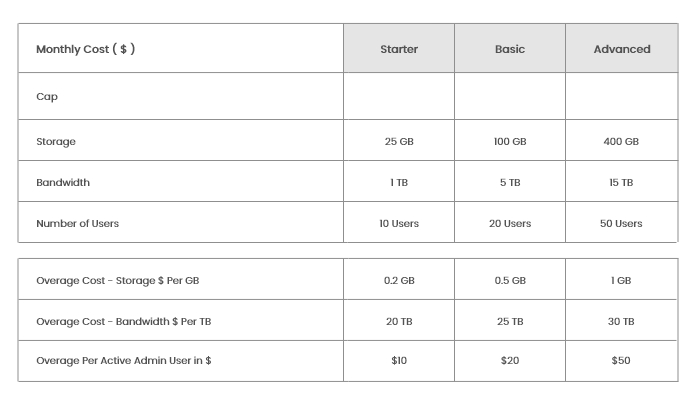



Top 10 SEO Trends for 2022 from Semrush - Part One (1/2)
Semrush released the SEO trends we need to look for in the year 2022 and 2023. Here we have taken the summary.
Search Engine Optimization(SEO) may be a powerful tool for drawing customers to your online platforms. Keeping up with the most recent changes in SEO might be difficult because it is continuously changing. But the work is worthwhile: About 70% to 80% of people completely disregard paid listings in favor of organic results. Furthermore, about 28% of those searches end in a purchase. In order to perform at the highest level in SEO, various metrics must be taken into account, including traffic, back-links, and social media shares, to mention a few. With the help of our guide, you may gain knowledge about some of the most important and timely search engine optimization trends to expect in 2022 and adjust your SEO approach accordingly.
1. The role of Artificial Intelligence in SEO:
The way individuals engage with internet content is changing as a result of artificial intelligence (AI). Particularly noteworthy is the AI algorithm used by Google. The RankBrain algorithm, which was unveiled a few years ago, is a key component of Google's ranking determinants for search engine results pages (SERPs) results. The ability of RankBrain to learn is one of its most distinctive features, as noted by a Google scientist who worked on its development in the past: "The other signals, they're all based on discoveries and insights that individuals in information retrieval have made, but there's no learning." This suggests that RankBrain will continue to advance over time, making AI a key SEO trend to follow.
2. Voice search queries from Digital Assistants set to impact more:
Voice search technology has advanced significantly as a result of breakthroughs like Google Assistant, Apple's Siri, and Amazon's Alexa. Technology has improved and grown in popularity at the same time. In fact, 55% of households are expected to have a smart speaker by 2022. Think about your keywords as you optimize for voice search. Identify lengthier words that are frequently used in speech. Longer, more natural-sounding phrases typically perform better in voice searches. People typically shorten words when typing.
3. Mobile first and mobile friendly optimization:
Google introduced mobile-first indexing in 2019, which refers to the search engine focusing largely on a website's mobile version and treating it as the "primary" version rather than the desktop one. Given that by 2025, roughly 73% of internet users would only access the internet through mobile devices, this adjustment makes reasonable. Google offers a free mobile-friendly test so you can see how effective your mobile site is. Check out Google Search Console's "mobile usability" report after that. Make sure you don't have a "disallow directive" in place because you need to make sure Google can crawl your URLs in order for your page to be user-friendly. Be aware that material that requires user activities, such as clicking or swiping, won't be loaded by Googlebot.
4. Adopt the Google EAT Principle on to your content:
The importance of content quality for successful ranking has been emphasised by Google. What does "quality" actually mean to Google, though? Consider the EAT principle: knowledge, authority, and reliability. These elements aid in identifying whether the material on a webpage is of high value. This idea is particularly important in industries like health care and banking that are considered to be "your money, your life" (YMYL) businesses.
5. SERPs are tend to improve for Long Form Contents:
Long reads of 3,000 words or more receive four times as many shares and three times as much traffic, Additionally, they generate 3.5 times as many backlinks as articles with an average word count of 901 to 1,200. Start putting more of an emphasis on long-form content to rise up the search results. Thus, the calibre of your content must be preserved. The objective is to give users shareable content that keeps them interested. How can you accomplish this? To make your text easier to skim, first divide it into sections with H2 and H3 subheadings. Subheadings are crucial for mobile websites in particular. Second, make sure that the sources you link to are reliable, authoritative, and have a high authority score. Make sure your content is simple to distribute, and finally.
This is a two part blog, click the link to go to the next section. If you would like to give Hocalwire CMS a free trial, reach out to us - Get In Touch

